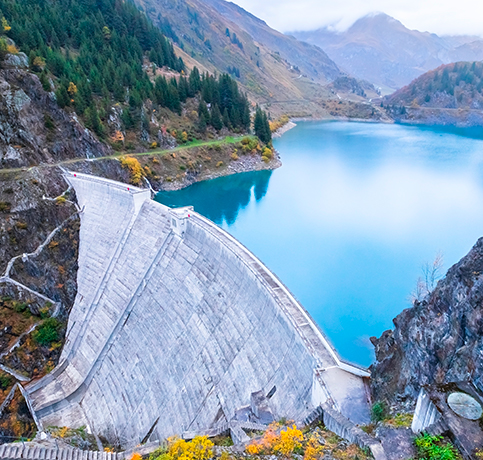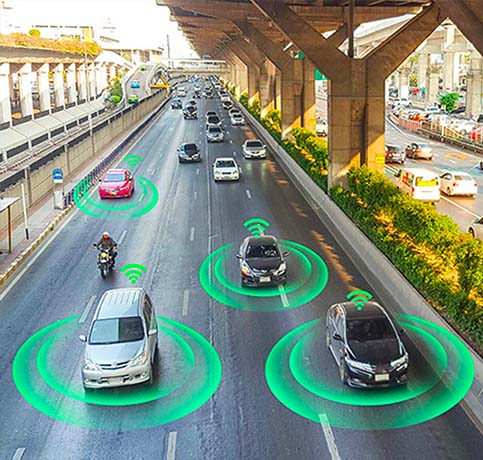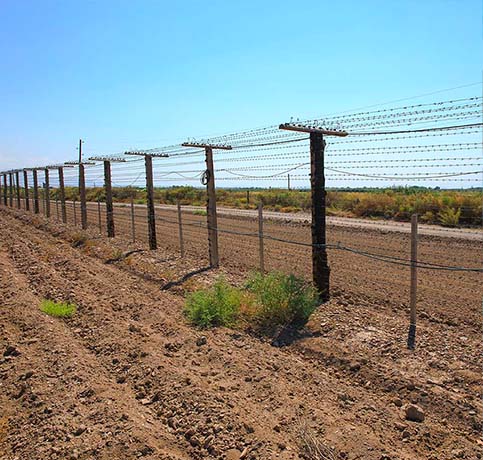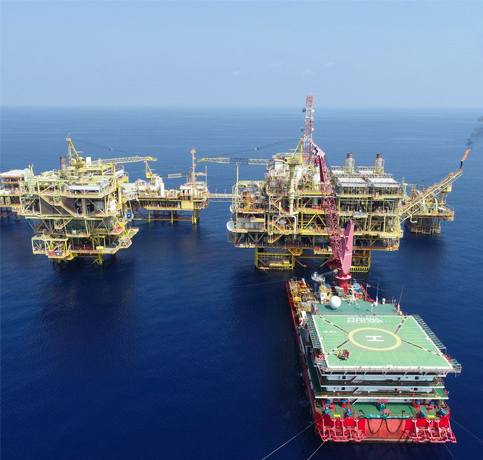Structural Health
Distributed Fiber Optic Sensing used to monitor the health of civil engineering structures in real-time over their entire lifetime
Fiber Optic Sensing can monitor temperature, strain and vibration to provide accurate and complete information about actual infrastructure changes in real-time such as fatigue, cracks, leaks
Fosina uses a technique whereby one sensor/fibre can collect temperature, strain and vibration data that is spatially distributed over many thousands of individual measurement points. In conventional sensing, an individual sensor such as a profilometer is needed for each point of interest. The following advantages of distributed sensing over conventional sensing are clearly apparent in applications where strain/temperature and vibration profiles are required over long distances or large areas:
- It is cost effective
- Many measurement points are addressed simultaneously
- Allows the whole area of interest to be viewed at one time
- A single processor performs the data acquisition
- Installation and maintenance are simplified compared to electrical sensors with complex wiring
- No intervention is required.
Detect and locate damage and deformation on civil engineering structures such as bridges, tunnels, dams, buildings, nuclear plants. Detect cracks and fatigue along beams, containment vessels and cooling towers.
Provide early warning of ground movement and landslides.
Provide early detection of seepage and water level. Measure settlement under backfill.
Assess load and strain on foundation piles.
Solution
Connect the 4-in-1 FOSINA DxS interrogator to one end of the fibre optic deployed along the structure. It will provide continuously and in real-time an accurate distributed monitoring of temperature, acoustic and strain over long distances to warn the operator before any signs are visible so they can take action to prevent subsequent failure and disruption.

benefit 1
Small footprint using a single interrogator to monitor temperature, strain and acoustic.
benefit 2
Market leading spatial resolution and sensitivity to provide accurate and complete information about structural change.
benefit 3
Reduce cost by providing continuous monitoring and requiring no maintenance.
Fiber optic can be embedded in, or mounted on, steel, asphalt, composite or concrete surfaces.
benefit 4
Fully remote operations with web-based acquisition and real-time visualization interface.
benefit 5
Ability to monitor multiple structures using a single interrogation unit.
benefit 6
Improve safety by enabling real-time and continuous monitoring of any infrastructure change over time.










